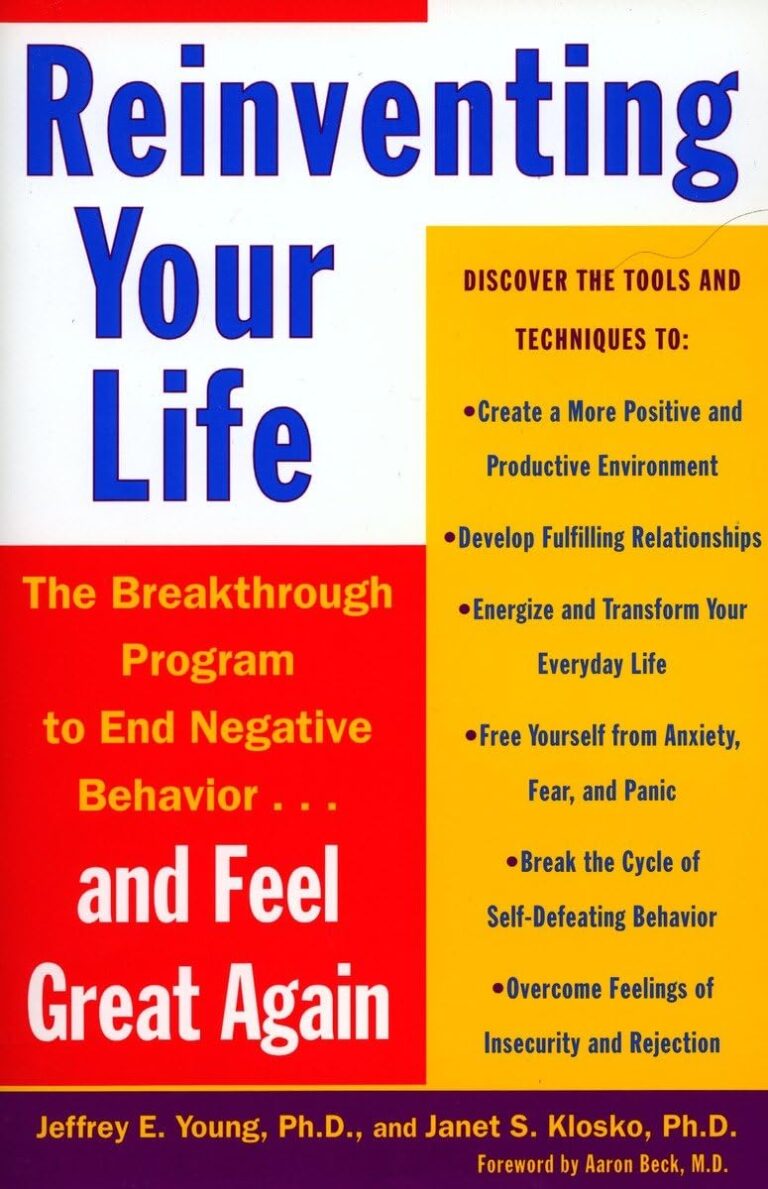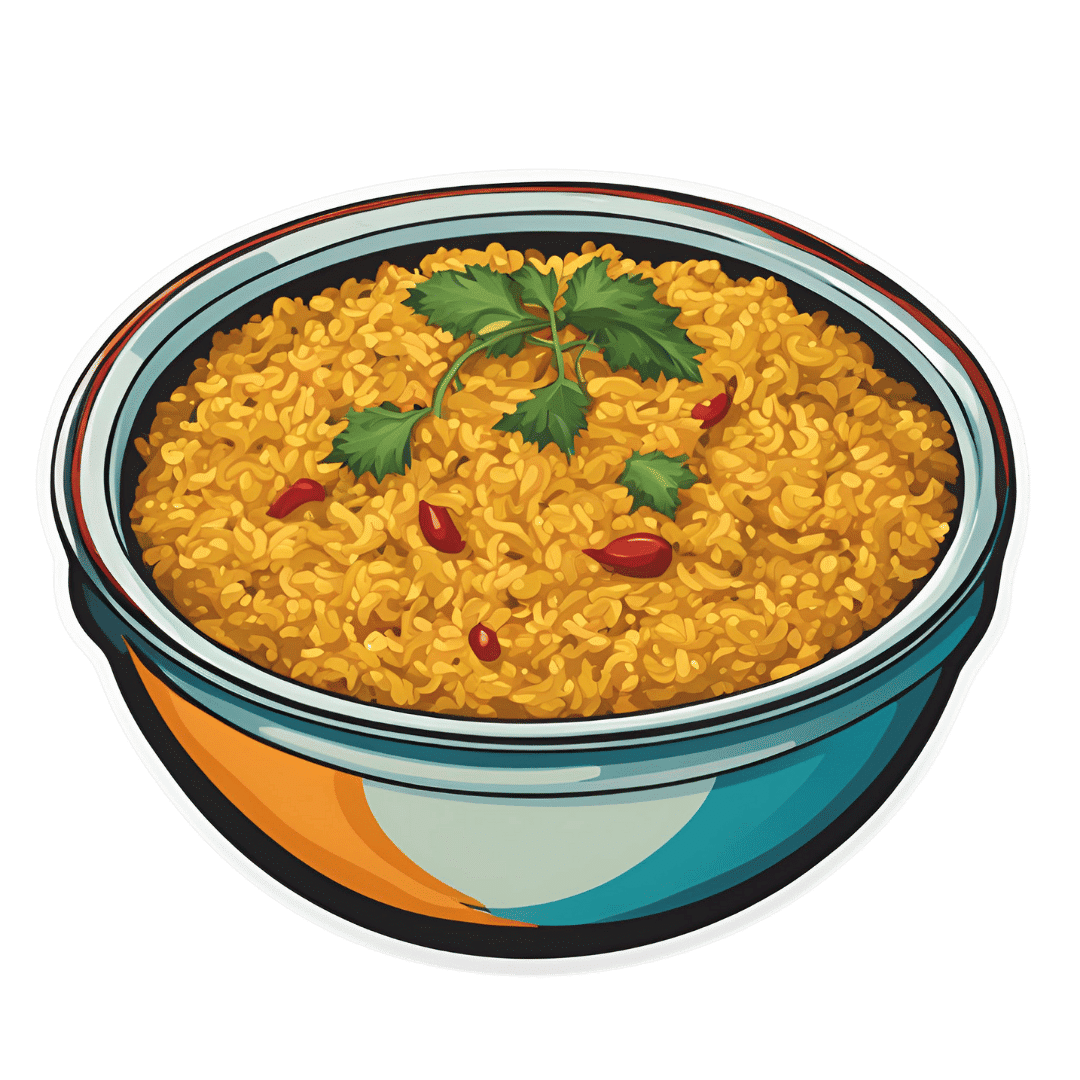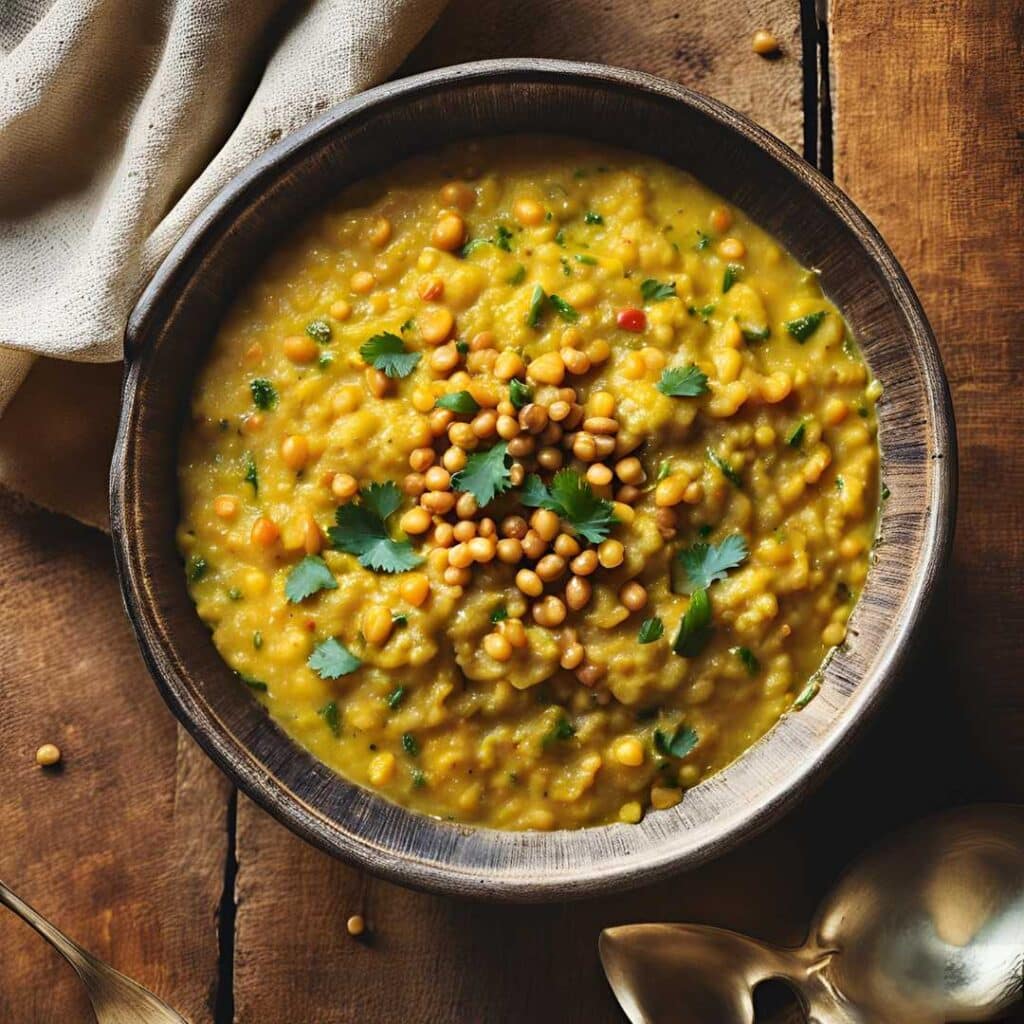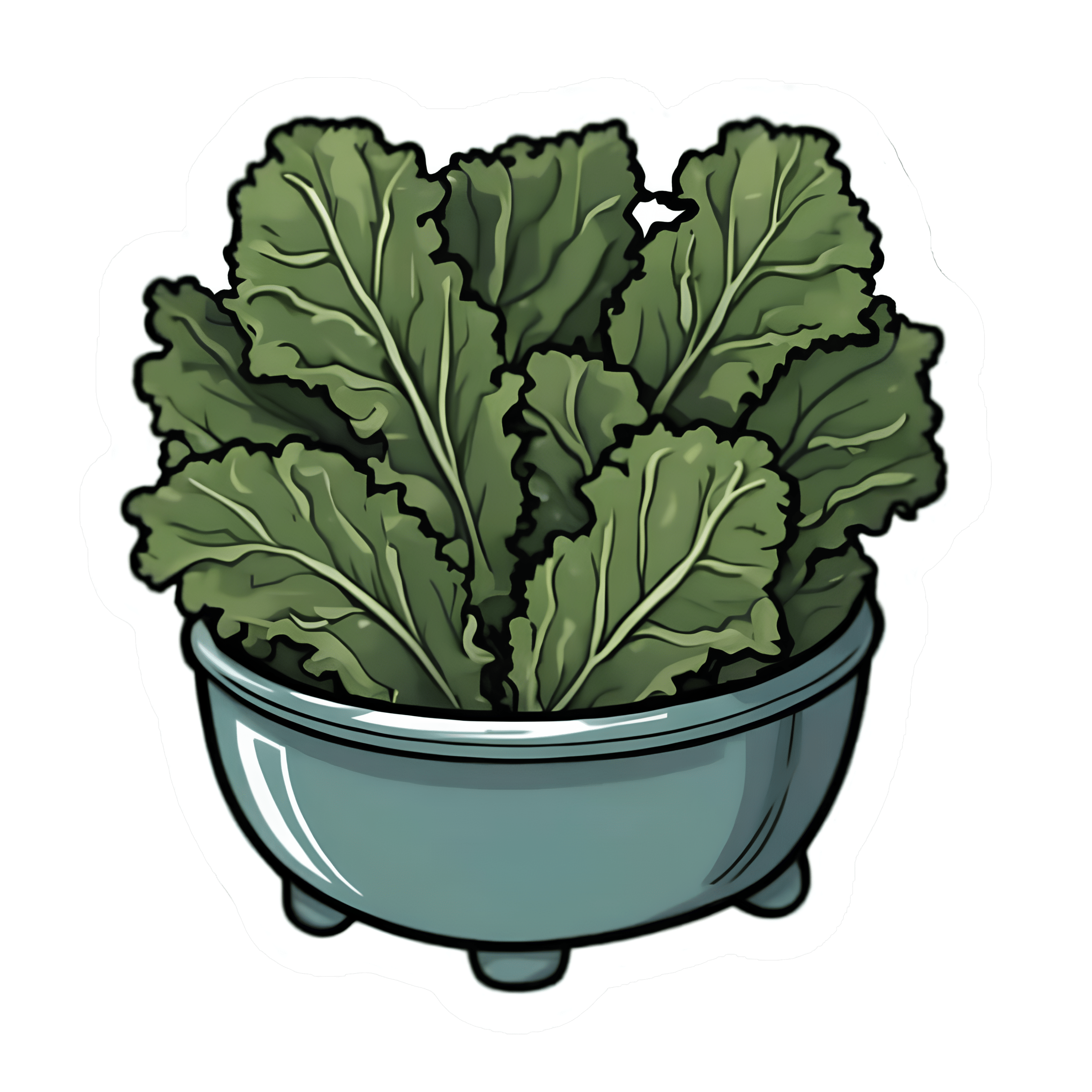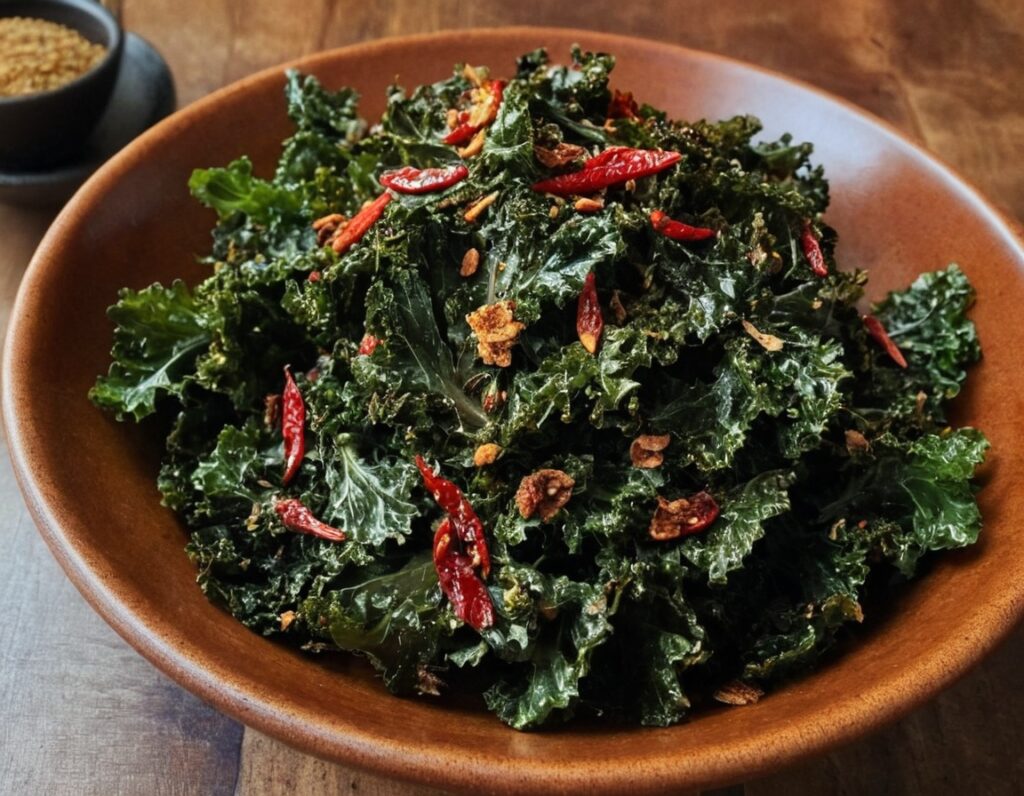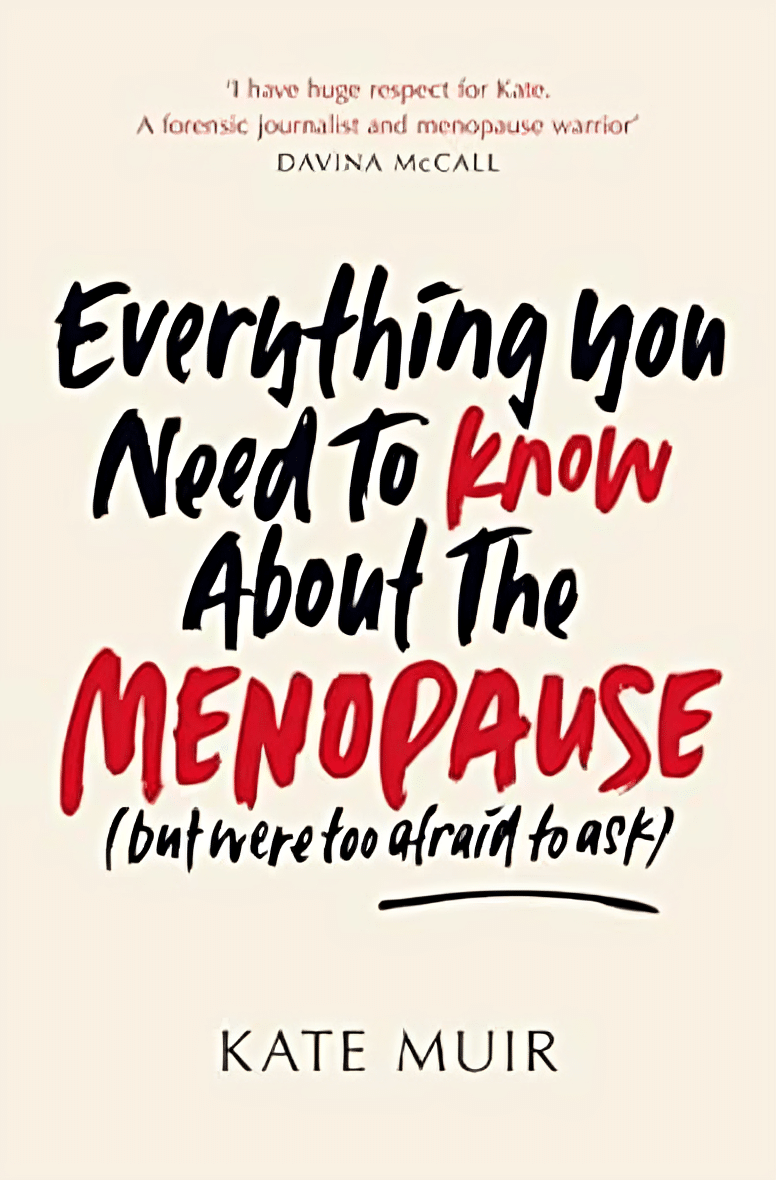
Everything You Need To Know About The Menopause – by Kate Muir
10almonds is reader-supported. We may, at no cost to you, receive a portion of sales if you purchase a product through a link in this article.
Kate Muir has made a career out of fighting for peri-menopausal health to be taken seriously. Because… it’s actually far more serious than most people know.
What people usually know:
- No more periods
- Hot flushes
- “I dunno, some annoying facial hairs maybe”
The reality encompasses a lot more, and Muir covers topics including:
- Workplace struggles (completely unnecessary ones)
- Changes to our sex life (not usually good ones, by default!)
- Relationship between menopause and breast cancer
- Relationship between menopause and Alzheimer’s
“Wait”, you say, “correlation is not causation, that last one’s just an age thing”, and that’d be true if it weren’t for the fact that receiving Hormone Replacement Therapy (HRT) or not is strongly correlated with avoiding Alzheimer’s or not.
The breast cancer thing is not to be downplayed either. Taking estrogen comes with a stated risk of breast cancer… But what they don’t tell you, is that for many people, not taking it comes with a higher risk of breast cancer (but that’s not the doctor’s problem, in that case). It’s one of those situations where fear of litigation can easily overrule good science.
This kind of thing, and much more, makes up a lot of the meat of this book.
Hormonal treatment for the menopause is often framed in the wider world as a whimsical luxury, not a serious matter of health…. If you’ve ever wondered whether you might want something different, something better, as part of your general menopause plan (you have a plan for this important stage of your life, right?), this is a powerful handbook for you.
Additionally, if (like many!) you justifiably fear your doctor may brush you off (or in the case of mood disorders, may try to satisfy you with antidepressants to treat the symptom, rather than HRT to treat the cause), this book will arm you as necessary to help you get what you need.
Grab your copy of “Everything You Need To Know About The Menopause” from Amazon today!
Don’t Forget…
Did you arrive here from our newsletter? Don’t forget to return to the email to continue learning!
Recommended
Learn to Age Gracefully
Join the 98k+ American women taking control of their health & aging with our 100% free (and fun!) daily emails:
-
Prevention Is Better Than Cure
10almonds is reader-supported. We may, at no cost to you, receive a portion of sales if you purchase a product through a link in this article.
Preventative healthcare is the theme this week:
New year, new risks
The start of a new year is a great time to update adult vaccinations, including the flu shot, any COVID-19 boosters, and vaccines for pneumonia, shingles, and tetanus—when was your last booster, after all? Vaccination recommendations vary by age and health conditions, so do check what’s appropriate in your case. Key vaccines include the pneumonia vaccine for those 65 and older, the shingles vaccine for adults over 50, and the Tdap vaccine every 10 years to protect against tetanus, diphtheria, and pertussis (whooping cough), especially for new parents and grandparents, to protect infants:
Read in full: Why it’s important to update adult vaccinations for a new year
Related: The Truth About Vaccines
The heart-healthiest swap you can do
Based on a large (n=202,863, of which 160,123 women and 42,740 men) dataset, a higher plant-to-animal protein ratio is associated with significantly lower risks of cardiovascular disease (CVD) and coronary artery disease (CAD), with diets lower in meat (especially if lower in red meat) and instead rich in plant-based proteins like legumes, nuts, and whole grains reducing CVD risk by 19% and coronary artery disease risk by 27%. Which is quite considerable.
Substituting even small amounts of animal protein (especially if it’s red meat) with plant protein further enhances heart health:
Read in full: Higher plant-to-animal protein ratio linked to lower risk for CVD, CAD among U.S. adults
Related: Plant vs Animal Protein: Head to Head
Let’s keep pan-resistant superbugs at bay
Researchers want to warn us about the threat of pan-resistant bacteria, which could render all known antibiotics ineffective, leading to a sharp rise in global infection-related deaths.
To be clear, we don’t have anything pan-resistant yet, but antibiotic-resistant superbugs are getting close, and in the long term, are likely to win the evolutionary arms race if we don’t change things to diverge considerably from our current path. Modeling a hypothetical pan-resistant E. coli strain, researchers predicted U.S. sepsis deaths could increase 18- to 46-fold within five years of its emergence.
The study calls for urgent action, including stricter antibiotic stewardship, new drug development, and monitoring technologies, emphasizing that without intervention, the global impact could be catastrophic:
Read in full: A public health emergency is waiting at the bottom of the antibiotic resistance cliff
Related: Stop Sabotaging Your Immune System ← see also (linked therein), 4 ways antibiotics can kill you
Take care!
Share This Post
-
Anti-Inflammatory Khichri & Tadka
10almonds is reader-supported. We may, at no cost to you, receive a portion of sales if you purchase a product through a link in this article.
This is halfway between a daal and a risotto; it’s delicious and it’s full of protein, fiber, heathy fats, and flavors. And those flavors? Mostly from health-giving phytochemicals of one kind of another.
You will need
For the khichri:
- 1 oz chana dal
- 1 oz red lentils
- 1 oz brown lentils
- 1 oz quinoa
- 4 oz wholegrain basmati rice
- 1 tbsp chia seeds
- 1 tsp ground turmeric
- ½ tsp MSG or 1 tsp low-sodium salt
For the tadka:
- 2 tbsp avocado oil (or other oil suitable for high temperatures—so, not olive oil on this occasion!)
- ¼ bulb garlic, thinly sliced
- 1 fresh red chili (adjust per heat preferences)
- 1 fresh green chili (adjust per heat preferences)
- 1 tsp cumin seeds
- 6 curry leaves
- 12 twists of freshly ground black pepper
To serve:
- Optional: flatbreads or poppadoms
- Optional: lemon wedges or lime wedges
- Optional: chopped cilantro or parsley
Method
(we suggest you read everything at least once before doing anything)
1) Simmer the khichri ingredients in 5 cups of water, stirring occasionally if necessary, until it has a risotto-like consistency; this will probably take about 30–40 minutes. This time can be greatly reduced by using a pressure cooker, but obviously you won’t be able to check or stir, so do that only if you know what you’re doing cooking those grains and pseudograins in there, and what settings/timings to use for your specific device.
2) Make the tadka when the khichri is nearly ready, by heating the 2 tbsp of avocado oil in a skillet until very hot but not smoking, Add the rest of the ingredients from the tadka section, and cook until the garlic is nice and golden.
3) Pour the tadka over the khichri to serve, with any of the optional accompaniments we mentioned.
Enjoy!
Want to learn more?
For those interested in some of the science of what we have going on today:
- Capsaicin For Weight Loss And Against Inflammation
- The Many Health Benefits Of Garlic
- Black Pepper’s Impressive Anti-Cancer Arsenal (And More)
- Why Curcumin (Turmeric) Is Worth Its Weight In Gold
- If You’re Not Taking Chia, You’re Missing Out
Take care!
Share This Post
-
MSG vs. Salt: Sodium Comparison
10almonds is reader-supported. We may, at no cost to you, receive a portion of sales if you purchase a product through a link in this article.
It’s Q&A Day at 10almonds!
Q: Is MSG healthier than salt in terms of sodium content or is it the same or worse?
Great question, and for that matter, MSG itself is a great topic for another day. But your actual question, we can readily answer here and now:
- Firstly, by “salt” we’re assuming from context that you mean sodium chloride.
- Both salt and MSG do contain sodium. However…
- MSG contains only about a third of the sodium that salt does, gram-for-gram.
- It’s still wise to be mindful of it, though. Same with sodium in other ingredients!
- Baking soda contains about twice as much sodium, gram for gram, as MSG.
Wondering why this happens?
Salt (sodium chloride, NaCl) is equal parts sodium and chlorine, by atom count, but sodium’s atomic mass is lower than chlorine’s, so 100g of salt contains only 39.34g of sodium.
Baking soda (sodium bicarbonate, NaHCO₃) is one part sodium for one part hydrogen, one part carbon, and three parts oxygen. Taking each of their diverse atomic masses into account, we see that 100g of baking soda contains 27.4g sodium.
MSG (monosodium glutamate, C₅H₈NO₄Na) is only one part sodium for 5 parts carbon, 8 parts hydrogen, 1 part nitrogen, and 4 parts oxygen… And all those other atoms put together weigh a lot (comparatively), so 100g of MSG contains only 12.28g sodium.
Share This Post
Related Posts
-
Almond Butter vs Cashew Butter – Which is Healthier?
10almonds is reader-supported. We may, at no cost to you, receive a portion of sales if you purchase a product through a link in this article.
Our Verdict
When comparing almond butter to cashew butter, we picked the almond.
Why?
It’s not just our pro-almonds bias! And of course exact nutritional values may vary depending on the recipe, but we’re using the USDA’s standardized figures which should represent a reasonable average. Specifically, we’re looking at the USDA entries for “[Nut] butter, plain, without salt added”.
In terms of macros, almond butter takes the lead immediately with nearly 2x the protein and over 3x the fiber. In contrast, cashew butter has 1.5x the carbs, and the two nut butters are approximately equal on fat. An easy win for almond butter so far.
When it comes to vitamins, almond butter has more of vitamins A, B2, B3, B5, E, and choline, while cashew butter has more of vitamins B1, B6, and K. Thus, a 6:3 win for almond butter.
In the category of minerals, things are closer, but almond butter has more calcium, magnesium, manganese, phosphorus, and potassium, while cashew butter has more copper, iron, zinc, and selenium. So, a 5:4 win for almond butter.
In short, these three wins for almond butter add up to one total win for almond butter, unless you have a pressing reason to have different priorities in what you’re looking for in terms of nutrition.
Enjoy both, of course! Unless you are allergic, in which case, please don’t.
Want to learn more?
You might like to read:
Why You Should Diversify Your Nuts
Take care!
Don’t Forget…
Did you arrive here from our newsletter? Don’t forget to return to the email to continue learning!
Learn to Age Gracefully
Join the 98k+ American women taking control of their health & aging with our 100% free (and fun!) daily emails:
-
Thai-Style Kale Chips
10almonds is reader-supported. We may, at no cost to you, receive a portion of sales if you purchase a product through a link in this article.
…that are actually crispy, tasty, and packed with nutrients! Lots of magnesium and calcium, and array of health-giving spices too.
You will need
- 7 oz raw curly kale, stalks removed
- extra virgin olive oil, for drizzling
- 3 cloves garlic, crushed
- 2 tsp red chili flakes (or crushed dried red chilis)
- 2 tsp light soy sauce
- 2 tsp water
- 1 tbsp crunchy peanut butter (pick one with no added sugar, salt, etc)
- 1 tsp honey
- 1 tsp Thai seven-spice powder
- 1 tsp black pepper
- 1 tsp MSG or 1 tsp low-sodium salt
Method
(we suggest you read everything at least once before doing anything)
1) Pre-heat the oven to 180℃ / 350℉ / Gas mark 4.
2) Put the kale in a bowl and drizzle a little olive oil over it. Work the oil in gently with your fingertips so that the kale is coated; the leaves will also soften while you do this; that’s expected, so don’t worry.
3) Mix the rest of the ingredients to make a sauce; coat the kale leaves with the sauce.
4) Place on a baking tray, as spread-out as there’s room for, and bake on a middle shelf for 15–20 minutes. If your oven has a fierce heat source at the top, it can be good to place an empty baking tray on a shelf above the kale chips, to baffle the heat and prevent them from cooking unevenly—especially if it’s not a fan oven.
5) Remove and let cool, and then serve! They can also be stored in an airtight container if desired.
Enjoy!
Want to learn more?
For those interested in some of the science of what we have going on today:
- Brain Food? The Eyes Have It!
- Our Top 5 Spices: How Much Is Enough For Benefits?
- What’s The Truth About MSG?
Take care!
Don’t Forget…
Did you arrive here from our newsletter? Don’t forget to return to the email to continue learning!
Learn to Age Gracefully
Join the 98k+ American women taking control of their health & aging with our 100% free (and fun!) daily emails:
-
Sweet Potato vs Cassava – Which is Healthier?
10almonds is reader-supported. We may, at no cost to you, receive a portion of sales if you purchase a product through a link in this article.
Our Verdict
When comparing sweet potato to cassava, we picked the sweet potato.
Why?
For any unfamiliar with cassava, it’s also called manioc or yuca/yucca, and it’s a tuber that can be used a lot like sweet potato. It’s popular in S. America, often in recipes that aren’t the healthiest (deep-fried chunky “cassava chips” are popular in Brazil, for example, and farofa, a flour made from cassava, is less healthy even than refined white flour from wheat), but today we’re going to judge it on its own merit—since after all, almost anything can be deep-fried and many things can be turned into flour, but it doesn’t mean we have to do that.
Let’s talk macros first: sweet potato has nearly 2x the protein, while cassava has nearly 2x the carbs. As for fiber to soften those carbs’ impact on our blood sugars, well, sweet potato has about 2x the fiber. All in all for macros, a clear and easy win for sweet potato.
Important note: as for the impact that has on glycemic index: the exact glycemic index will depend on what you do with it (different cooking methods change the GI), but broadly speaking, sweet potatoes are considered a medium GI food, while cassava is a very high GI food, to the point that it’s higher than sucrose, and nearly equal to pure glucose. Which is impressive, for a tuber.
In terms of vitamins, sweet potato’s famously high vitamin A content raises the bar, but it’s not all it has to offer: sweet potato has more of vitamins A, B1, B2, B3, B5, B6, E, and K, while cassava has more of vitamins B9 and choline. Just for amusement’s sake, let’s note that the sweet potato has over 1,478x the vitamin A content. In any case, the vitamins category is another clear win for sweet potato.
When it comes to minerals, it’s again quite one-sided: sweet potato has more calcium, copper, iron, magnesium, manganese, phosphorus, and potassium, while cassava has more selenium. So, sweet potato wins yet again.
In short: definitely a case of “the less widely-available option is not necessarily the healthier”!
Want to learn more?
You might like to read:
Glycemic Index vs Glycemic Load vs Insulin Index
Take care!
Don’t Forget…
Did you arrive here from our newsletter? Don’t forget to return to the email to continue learning!
Learn to Age Gracefully
Join the 98k+ American women taking control of their health & aging with our 100% free (and fun!) daily emails:

